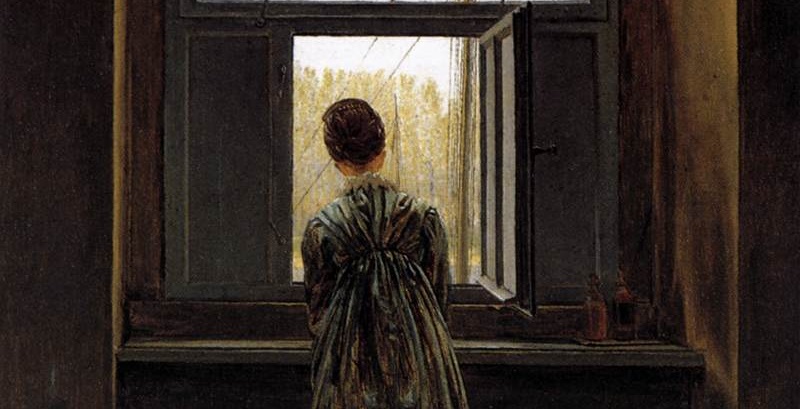
A new regulatory avalanche is rolling in on entrepreneurs. The Ministry of Labour is about to implement the EU Gender Pay Directive. This introduces new bureaucratic obligations for entrepreneurs. They will have to inform about the criteria they apply when setting wages in the company and define the pay procedure so that the employee knows what he or she has to do to get higher pay. They will also be obliged to provide information on the average wage broken down by gender for each position.
This information will be part of the comprehensive reports that employers will be required to produce and submit for review regularly. For example, they will be asked to rank women’s and men’s wages in a notional series, divide it into quartiles, and examine gender representation within these quartiles. Whether there is an equal proportion of women and men in the top- and bottom-earning quartiles. This will already be a requirement for companies with over 100 employees.
If this information and reports reveal a gender pay gap of more than 5% in any category and the entrepreneur cannot explain it, then there are various remedies, consultations with the central monitoring body, and, finally, sanctions. Another big change is that, if a problem is found, the burden of proof is automatically on the entrepreneurs. They must prove in court proceedings that they have not committed discrimination.
The main argument for the creation of this new machine is the statistic that women in the EU earn 12.7% less than men. In Slovakia, the figure is 16.6%. However, this popular media figure has major statistical flaws. This is because it is simply averaging all the wages of women and men, regardless of how long they have worked, in what positions, in what sectors, with what experience, and so on. When the comparisons are adjusted for at least some of these factors, much of the gender pay gap disappears.
For example, according to the Gender Pay Gap Report (GPGR), the gender pay gap for 2024 was 17%. However, when this gap is adjusted for various job specifics, it drops to 1%. Other research comes up with slightly different figures, but the trend is clear across the board. Over time, the gender pay gap has been falling, and when adjusted for various objective specifics, it falls to a minimum.
This is confirmed, for example, by studies from the digital economy, where we have the most accurate and comprehensive data. For example, on the Uber platform, researchers found a 7% pay gap in favor of men. However, when they looked for the cause, it was not discrimination, but the fact that men drove faster, longer, and at exposed times and locations.
These studies show that the gender pay gap is not the result of any discrimination by employers, but a reflection of objective differences in the labor market. This is nicely illustrated by the fact that, when entering their first job, the differences between men’s and women’s salaries are significantly smaller. Or the fact that certain groups of women earn more than men. What is more, work is not just about pay, it is also about how fulfilled it makes you feel. There is a large and growing gap in the perception of the meaningfulness of employment between men and women. In this case, significantly in favor of women.
There are similar results when examining discrimination against the employment of women in typically male occupations. A recent meta-study showed that it has declined significantly over the last decades until it has virtually disappeared. On the contrary, discrimination against men in typically female occupations has started to emerge.
In addition, the authors also combined this study with a survey of academics and laypeople, asking what discrimination they estimated. And here it turned out that both academics and laypeople had failed to update their beliefs and overestimated the presence of discrimination against women. This includes researchers who work on issues of gender differences. Thus, while employers on average no longer suffer from stereotypes, we still have stereotypes about employers.
All of this is not to say that women and men have exactly the same status in the labor market and everything is solved. It just means that the remaining problems are not due to discrimination by employers. That is the problem from the point of view of the new EU directive because that is exactly where most of its measures are aimed – at keeping employers on their toes to see if they are discriminating. But they are more in the role of messengers of news, merely reflecting the wider, cultural setting of society.
Studies show that motherhood is the main source of lower pay for women in the labor market. Women who have or adopt a child will have lower wages because they will interrupt career progression, work less, and later prefer more flexible employment. However, this is a completely different type of problem from those addressed by the EU. No amount of comprehensive employer reports, even if they were written every day, would solve this. EU regulation thus represents a net loss for society.
The problem of differential pay cannot be completely eliminated as long as women are also mothers as well as employees. But we can mitigate it. However, this requires a gradual change in the cultural setting of society. In Slovakia, for example, it is common for a mother to stay at home with her children for many years. That is not in itself a bad thing. But we must realize that the price for this is lower wages for women. And if the state does not want to encourage this, it can start by cutting one of the longest parental leaves in the EU. For example, from three years to one.
This is a measure that has a chance of causally leading to a reduction in the wage penalization of women in the labor market. Along with deregulating nurseries, funding them fairly through the norm, and so on. However, these are far less popular solutions than including entrepreneurs in the new regulation. Again, though, entrepreneurs are just messengers of the news. The real causes have a much deeper source. And that is the one that politicians do not want to address.
Continue exploring:
REVIEW #20 Now ONLINE! 20 Years in the EU: CEE and Its Path to Progress
























